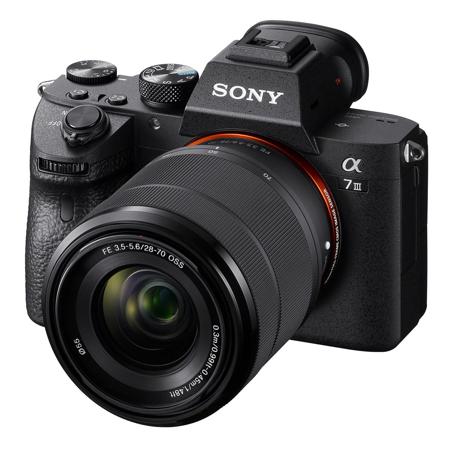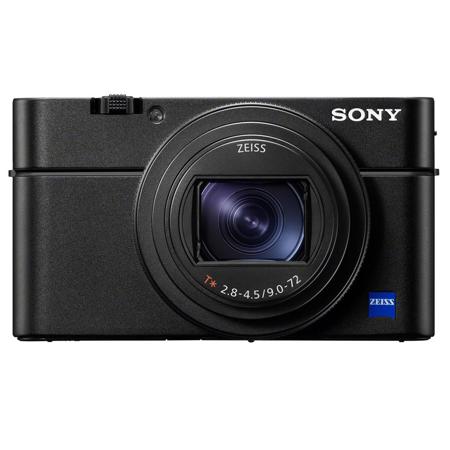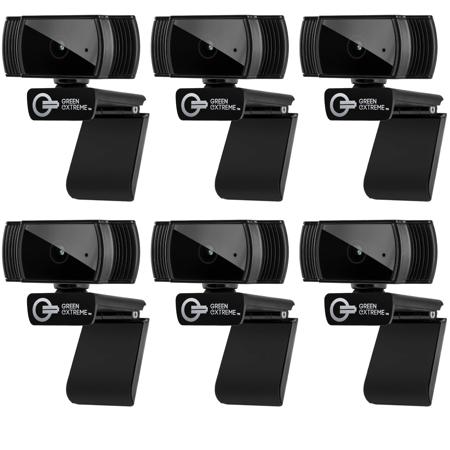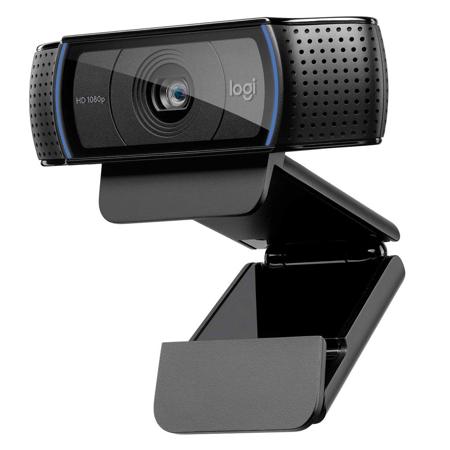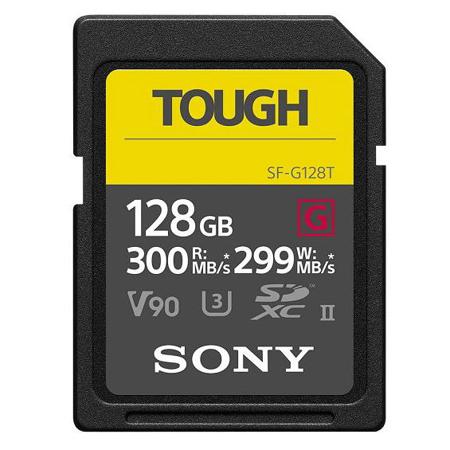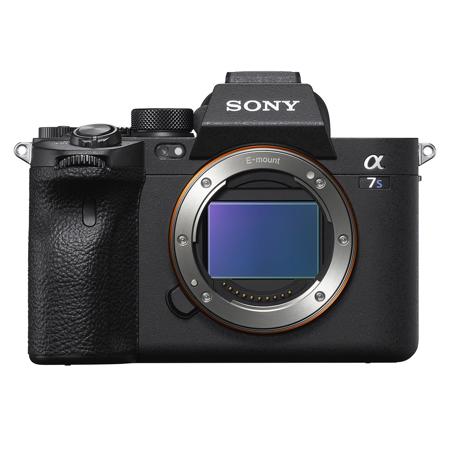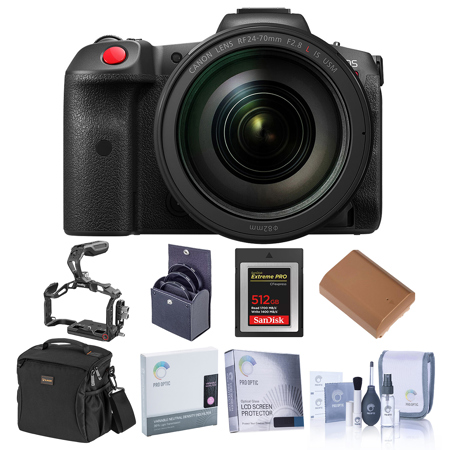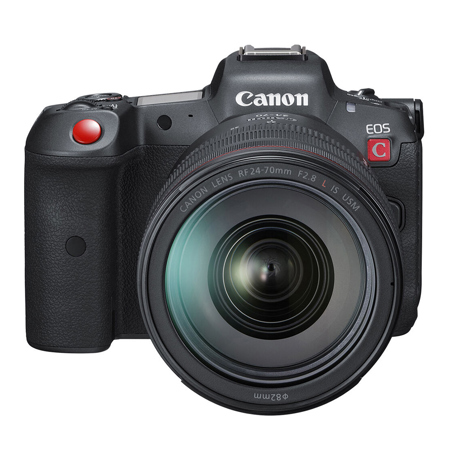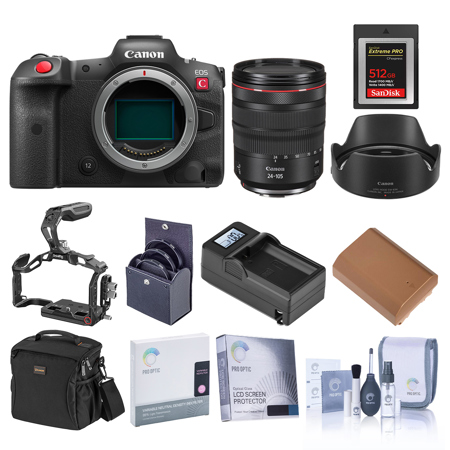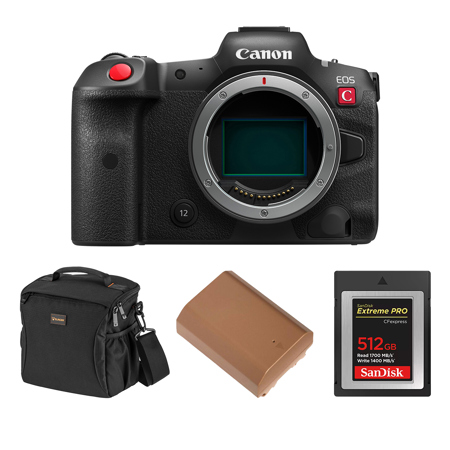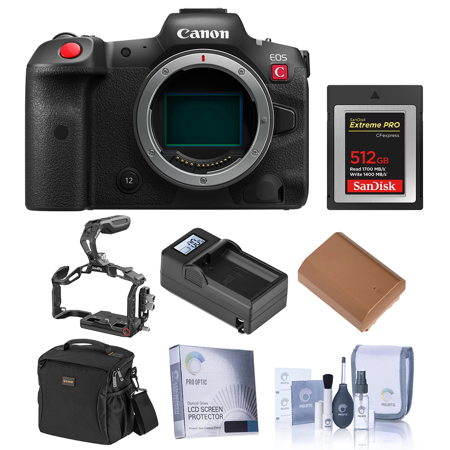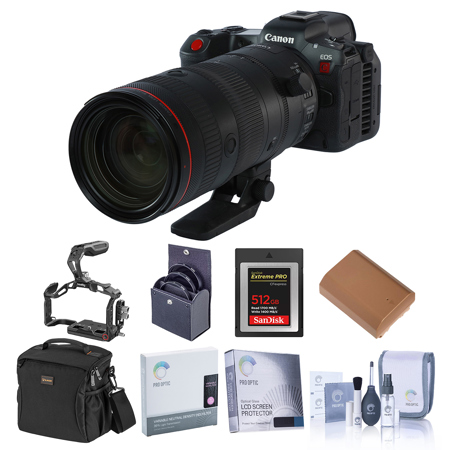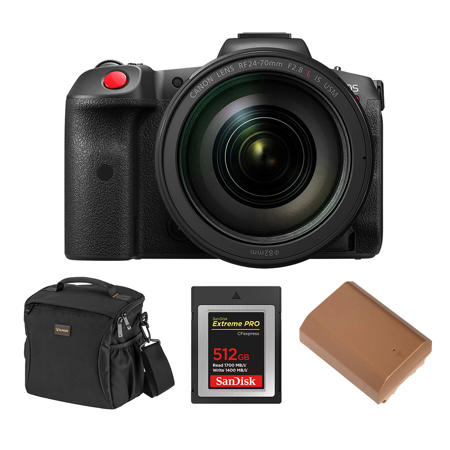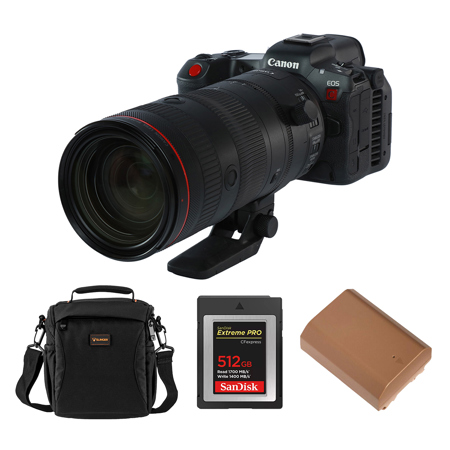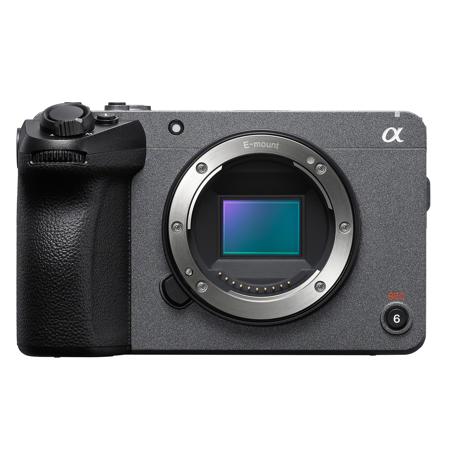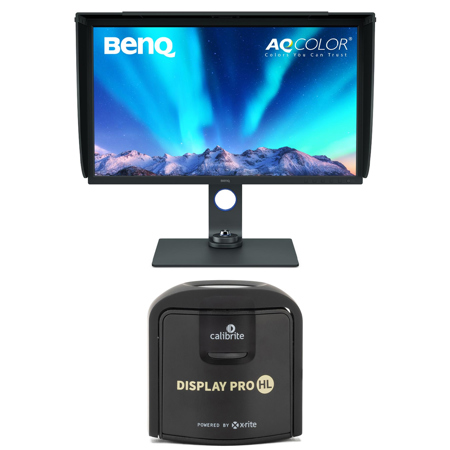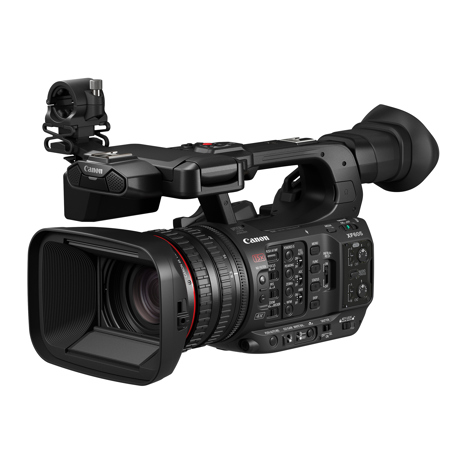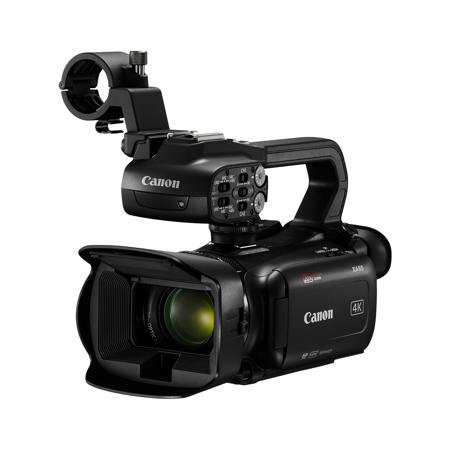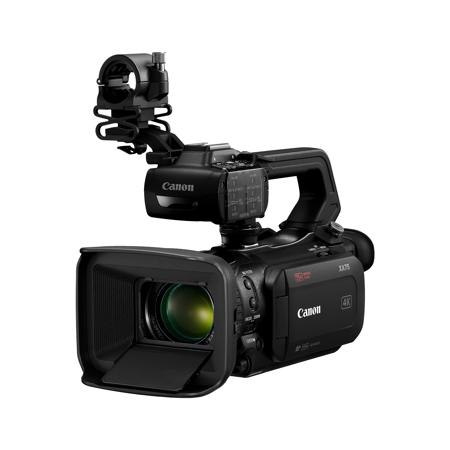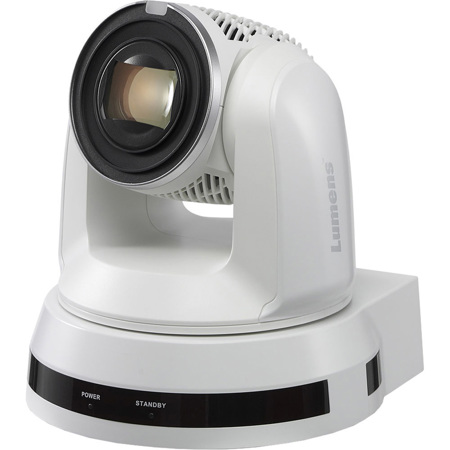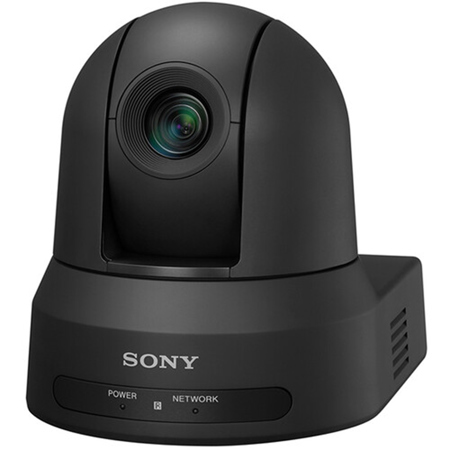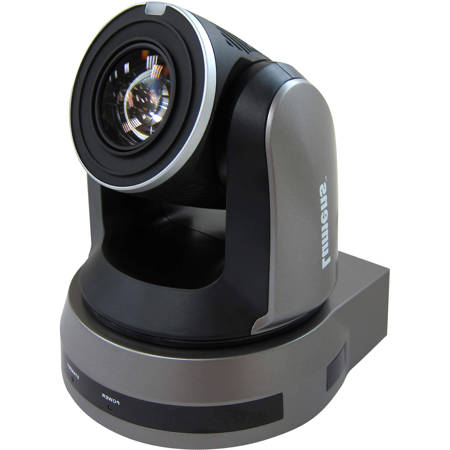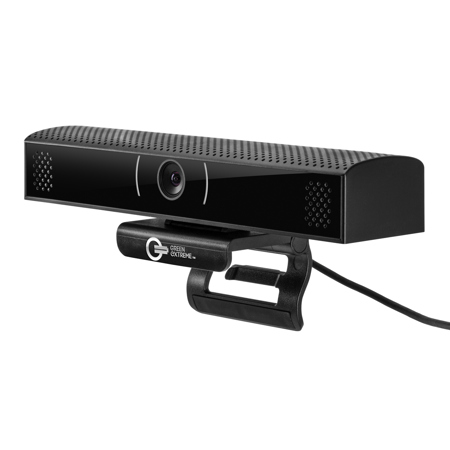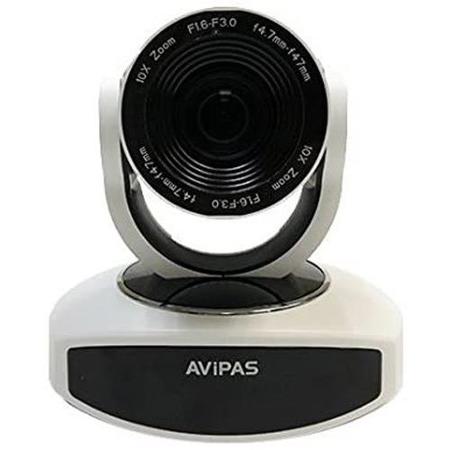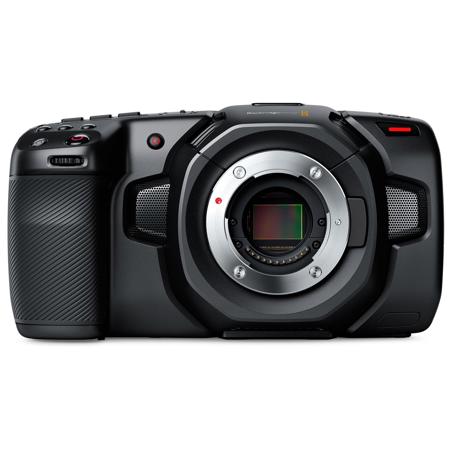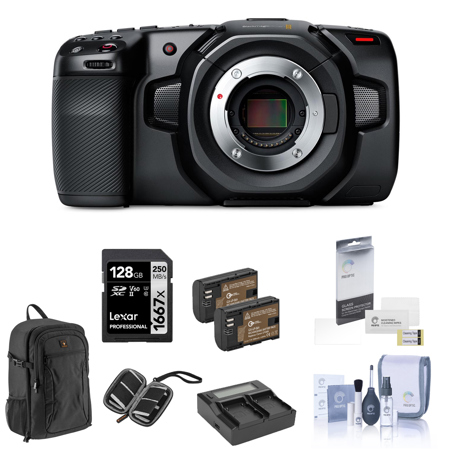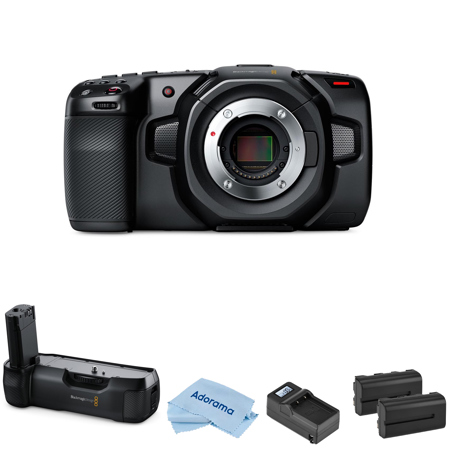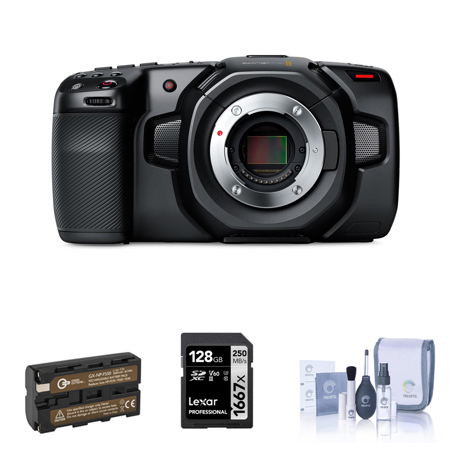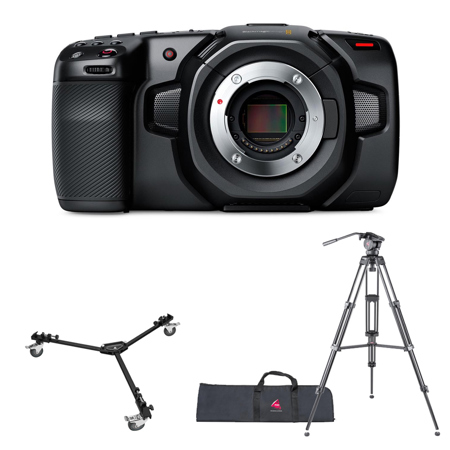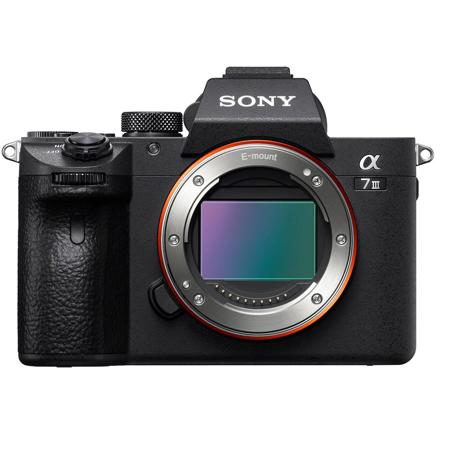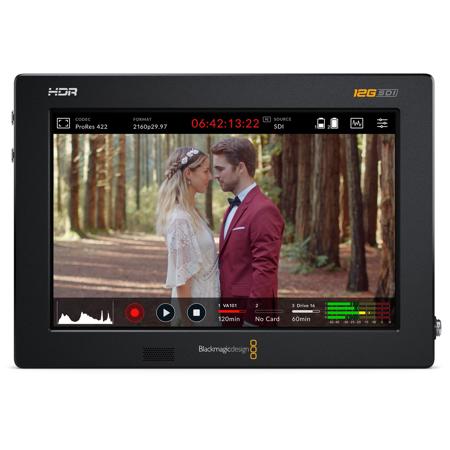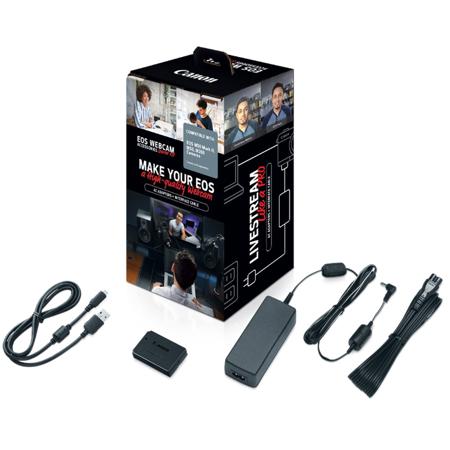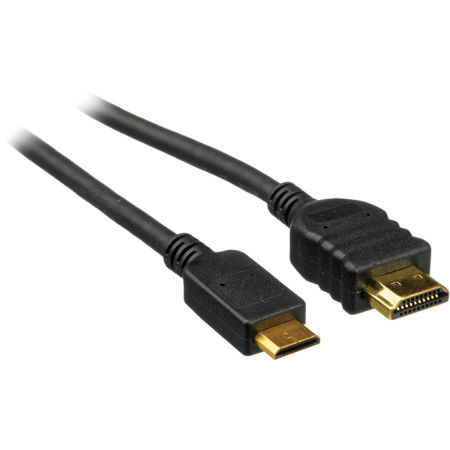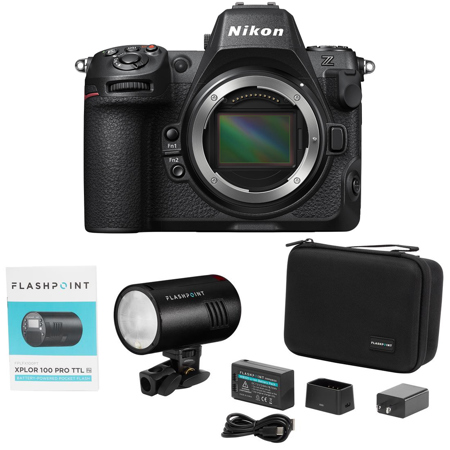Video Specifications
When exploring video equipment and related technologies, understanding video specifications is essential for achieving the desired results, whether you're a seasoned filmmaker, a content creator, or someone capturing family memories. Video specifications encompass several key elements that directly impact the look, feel, and compatibility of your footage. Resolution, for instance, refers to the number of pixels contained in each frame, with common standards ranging from Full HD (1080p) to ultra-crisp 4K and even 8K for professional applications. The higher the resolution, the more detail you can capture, making it ideal for projects that require fine clarity—think cinematic productions, commercial shoots, or high-end YouTube content. Aspect ratio, the proportional relationship between a video's width and height, plays a crucial role in how your content is displayed. Most modern platforms favor a 16:9 ratio, but certain projects—like short films, music videos, or social media stories—may call for something different, such as 1:1 or 9:16, to create a unique visual impression or fit platform-specific requirements.
Frame rate is another vital consideration, dictating how smoothly motion appears on screen. Traditional film is often shot at 24 frames per second, lending a classic, cinematic feel, while 30 or 60 fps can produce smoother motion that’s well-suited for sports, live events, or fast-paced vlogs. Bitrate, file format, and codec choices further influence your workflow. A higher bitrate generally yields better image quality but results in larger files, which can be a concern if you’re working with limited storage or need to deliver content quickly online. File formats like MP4 and MOV provide broad compatibility and are easy to share or edit, while codecs such as H.264 balance quality and compression for efficient storage and playback. These technical choices aren’t just numbers—they directly affect how your audience experiences your work, whether they’re streaming from a phone or watching on a home theater system. As autumn arrives and the light softens, many creators take advantage of the season’s rich colors and dramatic shadows, making it the perfect time to experiment with higher resolutions and dynamic frame rates to capture the magic of fall landscapes or holiday gatherings.
Selecting video gear with the right specifications is not only about meeting technical demands but also about matching your creative vision and practical needs. Educators recording lectures, business professionals producing webinars, and families documenting milestones all benefit from understanding which specifications best suit their projects. For those buying gifts, especially as the holiday season approaches, video equipment can be an inspired choice for aspiring filmmakers, students, or anyone eager to tell their story through moving images. Consider the recipient’s primary use—will they be editing on a laptop with limited storage, streaming live to social media, or archiving precious memories for years to come? The right balance of resolution, frame rate, and file format can make all the difference in making video creation accessible and enjoyable. Whether you’re capturing the golden hues of October leaves, recording a school performance, or preparing content for a global audience, having a solid grasp of video specifications ensures your equipment supports your ambitions. For a comprehensive selection tailored to every level of expertise and project type, explore our curated list of Video Products to find the perfect match for your needs and creative goals.
Frame rate is another vital consideration, dictating how smoothly motion appears on screen. Traditional film is often shot at 24 frames per second, lending a classic, cinematic feel, while 30 or 60 fps can produce smoother motion that’s well-suited for sports, live events, or fast-paced vlogs. Bitrate, file format, and codec choices further influence your workflow. A higher bitrate generally yields better image quality but results in larger files, which can be a concern if you’re working with limited storage or need to deliver content quickly online. File formats like MP4 and MOV provide broad compatibility and are easy to share or edit, while codecs such as H.264 balance quality and compression for efficient storage and playback. These technical choices aren’t just numbers—they directly affect how your audience experiences your work, whether they’re streaming from a phone or watching on a home theater system. As autumn arrives and the light softens, many creators take advantage of the season’s rich colors and dramatic shadows, making it the perfect time to experiment with higher resolutions and dynamic frame rates to capture the magic of fall landscapes or holiday gatherings.
Selecting video gear with the right specifications is not only about meeting technical demands but also about matching your creative vision and practical needs. Educators recording lectures, business professionals producing webinars, and families documenting milestones all benefit from understanding which specifications best suit their projects. For those buying gifts, especially as the holiday season approaches, video equipment can be an inspired choice for aspiring filmmakers, students, or anyone eager to tell their story through moving images. Consider the recipient’s primary use—will they be editing on a laptop with limited storage, streaming live to social media, or archiving precious memories for years to come? The right balance of resolution, frame rate, and file format can make all the difference in making video creation accessible and enjoyable. Whether you’re capturing the golden hues of October leaves, recording a school performance, or preparing content for a global audience, having a solid grasp of video specifications ensures your equipment supports your ambitions. For a comprehensive selection tailored to every level of expertise and project type, explore our curated list of Video Products to find the perfect match for your needs and creative goals.
